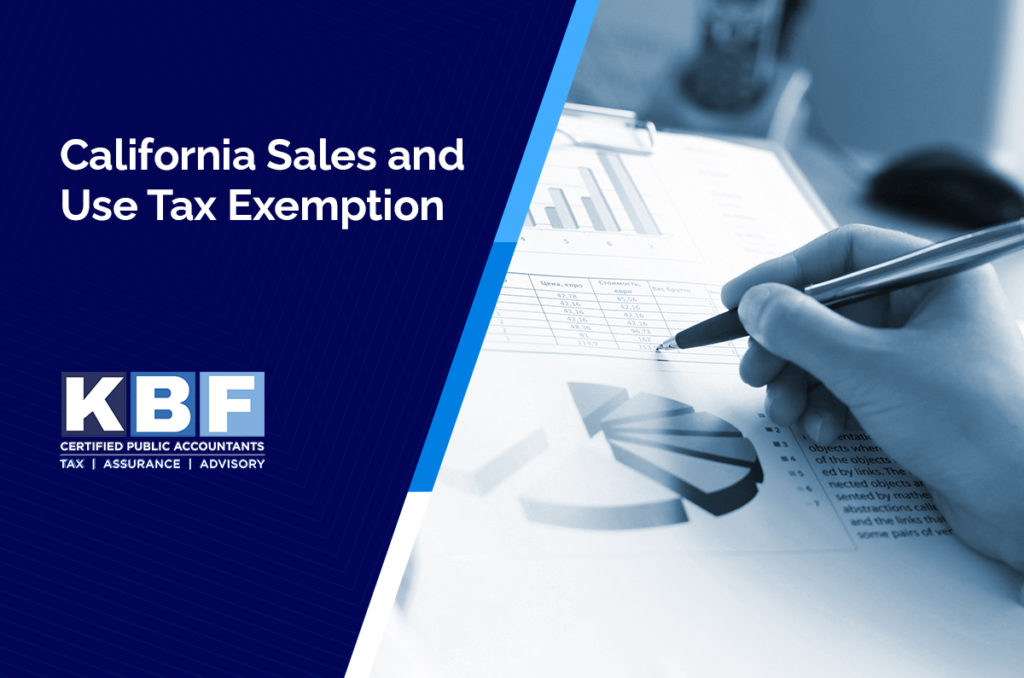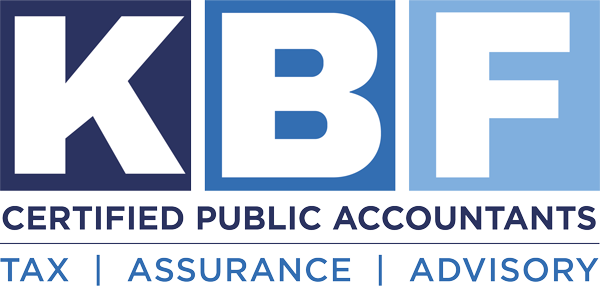California Sales and Use Tax Exemption

Background
California allows qualifying manufacturers and certain research and developers a partial exemption from sales and use tax on various purchases of machinery and equipment used primarily for manufacturing, research, and development activities. Additionally, the state expanded the partial exemption to certain power generators and distributors for equipment used for power generation, production, storage or distribution.
Exemption Rate
Currently, the partial exemption on qualifying TPP lowers the current statewide tax rate of 7.25% to 3.3125% (plus any applicable district taxes). This exemption of these taxes applies to the sale, storage, use, or other consumption of property in California before July 1, 2030. The original sunset date of this exemption was previously extended from July 2, 2022.
Conditions/Requirements
Must meet all three conditions:
- Meet “Qualified Person” definition by primarily engaging in certain types of businesses.
- Purchase “qualified tangible personal property.”
- Use that qualified tangible personal property in a qualified manner.
Qualified Person
A “qualified person” must be primarily engaged in one of the business activities described in various NAICS Codes (Codes 3111 to 3399, inclusive, 541711, or 541712, or beginning January 1, 2018, 22111 to 221118, inclusive, and 221122). The activities described in these codes generally include forms of research and development, manufacturing, or electric power generators or distributors. In order to meet the “primarily engaged” definition, the qualifying line of business must account for either 50 percent or more of gross revenue (including inter-company charges) or 50 percent or more of operating expenses.
Purchase “Qualified Tangible Personal Property.”
“Qualified tangible personal property” includes, but is not limited to:
- Machinery and equipment, including component parts.
- Equipment required to operate or control machinery – computers, data-processing equipment, computer software, etc.
- Operational equipment.
- Pollution control equipment.
- Special purpose buildings integral to processing or manufacturing.
Additionally, the property must be capitalized rather than expensed for California state income tax purposes to qualify for the exemption.
Use Qualified Property in a Qualified Manner
Must be primarily used (more than 50%) in the following manner:
- Any stage of the manufacturing, processing, refining, fabricating, or recycling process.
- Research and development.
- To maintain, repair, measure, or test any qualified tangible personal property described by the above.
- The generation or production, storage or distribution of electric power.
Exemption Certificates
- CDTFA-230-M Partial Exemption Certificate for Manufacturing, Research and Development Equipment
- CDTFA-230-MC Construction Contracts – Partial Exemption Certificate for Manufacturing, Research and Development Equipment
- Any documentation may be regarded as a partial exemption certificate if all the necessary information is included.
For Sellers
For sellers receiving an exemption certificate in the proper form, the partial exemption relieves the seller from the liability for the sales tax or the duty of collecting the use tax subject to the exemption. In order for certificates to be considered timely, they must be taken any time before the seller bills the purchaser for the property, any time within the seller’s normal billing or payment cycle, or at any time at or prior to delivery of the property to the purchaser. Exemption certificates received from qualified persons must be maintained for a period of not less than four years from the date on which the partial exemption is claimed.
Filing a Claim for Refund
In instances where the full amount of sales tax was paid on qualified tangible personal property, the purchaser may be entitled to a refund or reimbursement of any overpaid tax. If the sales tax paid was paid to a California vendor, the claim must be filed with that particular vendor. If the tax was paid to an out-of-state vendor or directly to California Department of Tax and Fee Administration (CDTFA), then the claim would be filed directly with CDTFA. The statute of limitations for a refund claim is generally three years.
